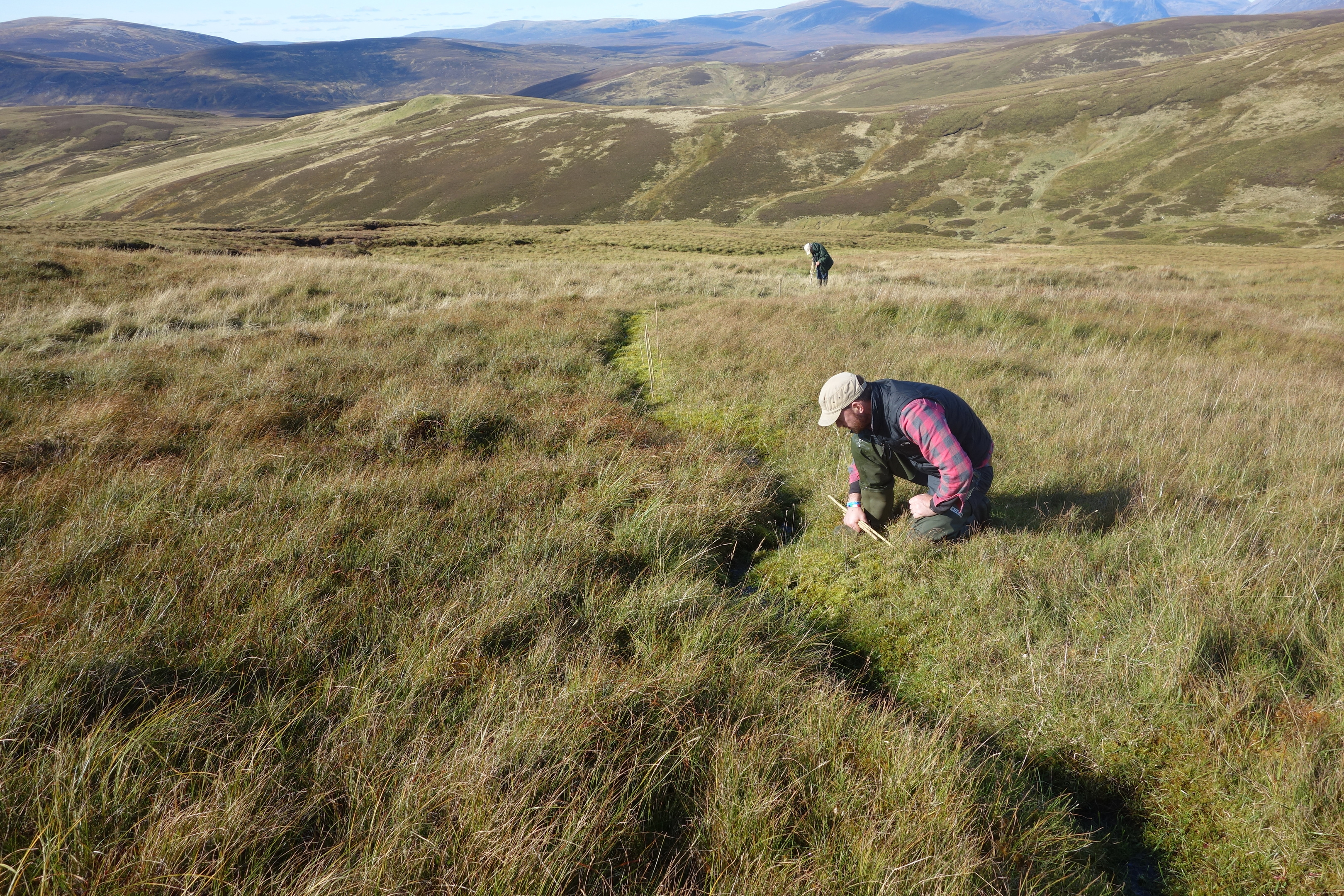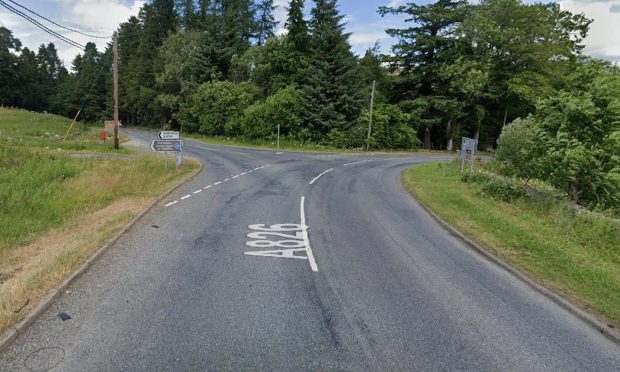Seeds taken from some of Tayside’s most unspoilt places are at the heart of an effort to safeguard some of Scotland’s finest plants and trees.
The Millenium Seed Bank at Kew Royal Botanical Gardens launched in 2013 and was set up to protect valuable and endangered species for the future.
So far, fieldworkers have collected 13 tree and 12 herb species from windswept Perthshire moors and hillsides and from elsewhere in Tayside to form part of the collection.
Staff and volunteers from the Royal Botanic Garden Edinburgh (RBGE) have been searching for natural, non-planted plant populations to ensure that all collected seeds are local origin and genetically diverse.
They have spent time in woodland near Killin and at Fealar Estatem north of Blair Atholl, at the southern edge of the Cairngorms National Park.
Thanks to their efforts, priority Scottish species now form part of both the UK National Tree Seed Project and the UK Flora Project.
With the co-operation and support of landowners and volunteers, the projects are working to increase the diversity of British native plant species that are collected, seed banked and then made available for wider use.
The species target list takes into account factors such as the species conservation status, its prevalence in the landscape and vulnerability to pests and diseases.
The target species include many trees that underpin the UK’s wider plant and animal diversity, as well as supporting the woodland industry, tourism and recreation, such as ash, juniper, Scots pine, alder, beech, silver birch and yew.
Clare Trivedi, UK National Tree Seed Project Co-ordinator at Kew Gardens, said: “Building up our seed collection of the nation’s favourite and most important tree species is a vital step in combating the multiplying pests and diseases which threaten to alter our landscape dramatically.
“We are delighted that RBGE is supporting this project to help us ensure that seeds from across the UK are collected and conserved.”
Dr Markus Ruhsam is a plant molecular ecologist with the RBGE and he admitted it had been a challenge for the team to collect tiny seeds in some pretty adverse Scottish weather.
“Although we were lucky most of the time in terms of weather and midges, I particularly remember trying to find a small alpine plant in gale force winds gusting to more than 60mph at 1,300 metres on top of Ben Macdui in the Cairngorms,” he said.
“Even if I had been able to locate the plants I wouldn’t have been able to collect any seeds, as the seed bags would have been instantly shredded or blown out of my hand.”










